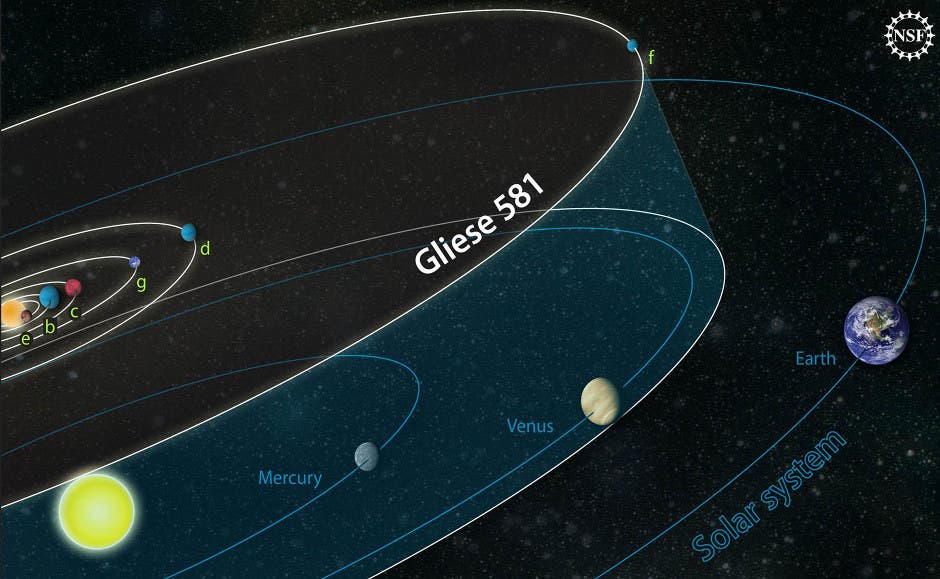Exoplanet GJ581d is the first potentially habitable world astronomers have discovered, but some astronomers believed that the planet wasn’t actually there – it was all an observational flaw mixed with some noise in the signal. However, British researchers recently released a study which confirms that the planet does exist and further underline the matter of habitability. This is one of the planets outside our solar system most likely to harbor life.

Leading author of the paper, Dr Guillem Anglada-Escudé, said:
“There are always discussions among scientists about the ways we interpret data but I’m confident that GJ 581d has been in orbit around Gliese 581 all along. In any case, the strength of their statement was way too strong. If they way to treat the data had been right, then some planet search projects at several ground-based observatories would need to be significantly revised as they are all aiming to detect even smaller planets. One needs to be more careful with these kind of claims”
The star Gliese 581 is a red dwarf about 20 light years away from Earth in the constellation Libra. Its estimated mass is about a third of that of the Sun and research suggests that three planets orbit it – one being Gliese 581d. The importance of this planet is double fold:
“The existence (or not) of GJ 581d is significant because it was the first Earth-like planet discovered in the ‘Goldilocks’-zone around another star and it is a benchmark case for the Doppler technique.”
The so-called ‘Goldilocks’ area (more technically called the circumstellar habitable zone (CHZ), or simply the habitable zone) is the region around a star within which planetary-mass objects with sufficient atmospheric pressure can support liquid water at their surfaces – in other words, it’s the area around a star in which we would expect to find life (at least life as we know it).
The planet GJ 581d is likely a super-Earth, much like our Earth except much larger, but that doesn’t reduce its chances of hosting life. However, we are still not able to confirm or infirm this – and unfortunately, we won’t be anytime soon. But in time, as astronomers continue to discover more and more potentially habitable planets, the chance of discovering extraterrestrial life seems to grow more and more.
Journal Reference: Paul Robertson, Suvrath Mahadevan, Michael Endl, Arpita Roy. Response to Comment on “Stellar activity masquerading as planets in the habitable zone of the M dwarf Gliese 581”. DOI: 10.1126/science.1260974


